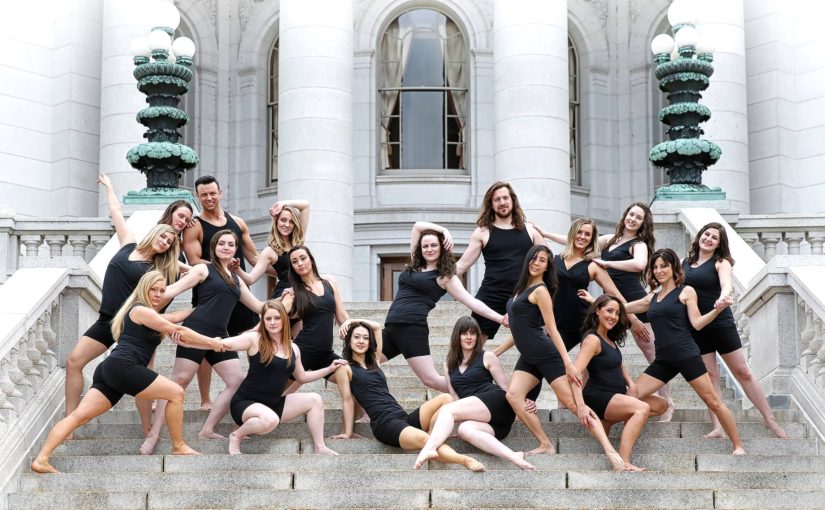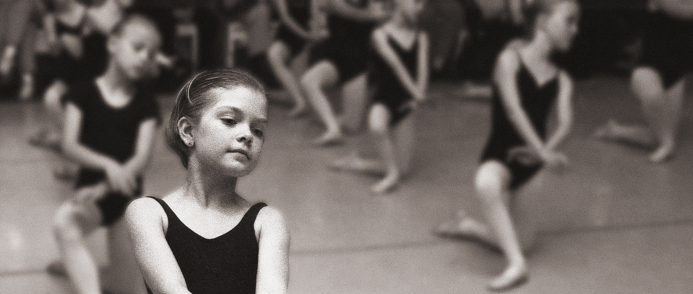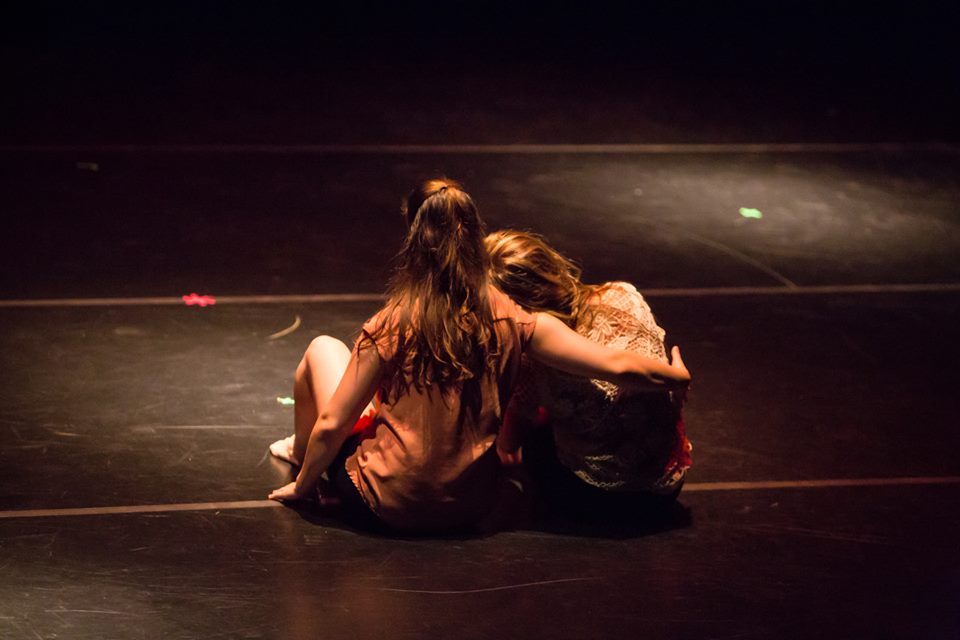By Sara Willcutt
There are many new studios opening all the time. Talented people with a passion for dance want to share their vision with others. The competition between all the studios benefits the dance community by providing higher quality instruction. Unfortunately, many new studios close during the first year. Why? The first year of business is the hardest. During the first year, a business owner has to deal with insurance, taxes, accounting, advertising, hiring employees, renting or buying space, trying to recruit dancers to take their classes and running the business.
Are you ready to start? Write down a list of the pro’s and con’s.
Here is a list of things to consider:
• Business licensing requirements
• Sales and promotions
• Legal responsibilities
• Building client relationships
• Taxation
• Budgeting
• Accounting
• General ledgers
• Business and marketing plans
• Loans and financial obligations
The success of any business depends on planning and preparation. There are a lot of exciting decisions to make, such as designing flyers and choosing a syllabus to teach, but there is more.
It is equally important to think about the business side of things. This can be overwhelming, but allow time to research and study. Take business classes. Many community centers and local groups offer affordable classes. Look around to find one that fits. Some classes are one time only, while others are in a series. Information about starting a business can be found at the Internal Revenue Service website.
Information from the IRS: Small Business and Self-Employed One-Stop Resource.
Read! There are many great business books available. Try the library, bookstores and online sources.
Minnesota Women Venture has great resources and classes, as well as scholarships and savings programs to aid in success.
Another way to learn is from the experience of others. Find a mentor. A mentor is someone who has experience and success in business and is willing to commit long term to help guide you through the initial stages and on to your long-term goals.
Costs can vary. Some mentors will offer free services, while others charge up to $200 per hour. SCORE is a great resource where you can ask questions and get help free of charge. There are offices in many locations.
Mentors do not need to have experience in the dance industry. Basic business skills are much the same from industry to industry. You may know someone successful in business; consider asking him/her to be a mentor.
When making business decisions, remember to research, compare costs and ask questions.
Starting a business is a process. Stay dedicated and work hard, but give time to prepare before opening. Writing a business plan is a good place to start. You can find guidance on the SCORE website:
• 60-Second Guide to Writing a Business Plan
• Resources That Give You a Head Start of Business Planning
• 5 Tips for Writing a Business Plan For a Loan
• Top 5 Business Tips
A business plan should cover every aspect of your business and make sure you are ready to open your studio. Some of the things included in a business plan are:
• Target market
• Location for school
• Planning for growth
• Staff employment
• Pricing
• Cash flow
• Overhead costs
• Calculating break-even point
• Promotions and marketing
• Product or service description
• Description of your position
• Description of employment positions
• Contingency plans
• Accounting
• Organization type: sole proprietor, partnership, corporation, limited liability corporation, non-profit
What are your strengths and weaknesses? How can you emphasize your strengths and compensate for your weaknesses? What opportunities and help are available to you?What is your competition? How would you fill a need in the community?
There are many great software programs designed to help organize and run businesses. Some are listed in the resources section under software for studios.
Also, try the message link boards to get ideas and answers to questions.
With research and planning, along with your passion and talent, you can succeed in business and create a wonderful learning environment for the community.
Rent or Buy? Consider your plans for the next five to ten years. Do you want to start small and save up to move into a larger space? Do you have the capital to start in your ideal space? As you start to look at options, remember to evaluate all the costs involved.
Renting a space that is already set up as a dance studio is good for a small business owner on a tight budget. Renting also provides more flexibility if the studio gains many students and needs to move to a larger space.
Plan Ahead: You need the ability to sublet some or all of the space. If student enrollment grows quickly, you may need to move to a larger space before the lease is up. Read the lease very carefully to make sure subletting will be an option.
Maintenance: When renting space, it is the landlord’s responsibility to provide building maintenance. Find a reliable landlord. Some may get around to fixing things fast, while others take a long time to respond and may be difficult to contact. Find a landlord that you feel comfortable with.
Remodeling: Some landlords will help with the cost of remodeling, especially if they believe it will make the space more profitable in the future or if they have a long term commitment from their renter. Some landlords, however, will not help with these costs.
When deciding about a space, consider how mush remodeling will need to be done immediately. Talk with the landlord to see if they are willing to help with any costs. It they say yes, get it in writing. Business owners should be prepared to modify the space themselves, or work with what is already there.
Rent Increases: One drawback of renting is the potential for rent increases. One option to protect yourself is to negotiate rent increases ahead of time.
Get Help: A commercial real estate lawyer can help you go over the leases and understand its implications. It is great to be excited about your plans and want to move forward. However, it is important to know exactly what you are getting into. There are several organizations that provide free or inexpensive counsel to the arts community.
Buying a Space: Buying is a big commitment. Many business owners start out renting, build up a student enrollment, save capital and then, expand to a larger space or to owning a space as a way to move forward.
Things to Consider: One benefit can be that payment will not increase over time. Also, if you want to sell your, space you can often do so at a profit.
The Capital Challenge: The amount of capital needed for a down payment coupled with remodeling costs can be a real challenge to come up with. Owning a space requires long term planning. Besides the initial investment, owners are responsible for maintenance and property taxes.
Help from the Government: To help small businesses succeed, the US government allows owners to write off the interest on a mortgage as a tax deduction. To find out more about deductions and help in planning your business, go to www.irs.gov.
The Benefits of Owning: The space you own is yours to change and remodel as you see fit for your establishment. Stable payment amounts help with long term planning for the school. Recognition in the community is very important. When you stay in one location and build a good reputation, you will have a steady enrollment of students.
It can be difficult to change spaces. If you move to a new location, you will probably lose some students just because of the move.
Zoning: Whether you are renting or buying space, you need to find a location that is zoned for a dance studio.
The Type of Space: Some industrial spaces work well for dance studios because they have large open spaces. You may need to take down walls to open up the area needed for classes. Industrial spaces may be available at lower cost simply because they lack the divided areas for office space.




